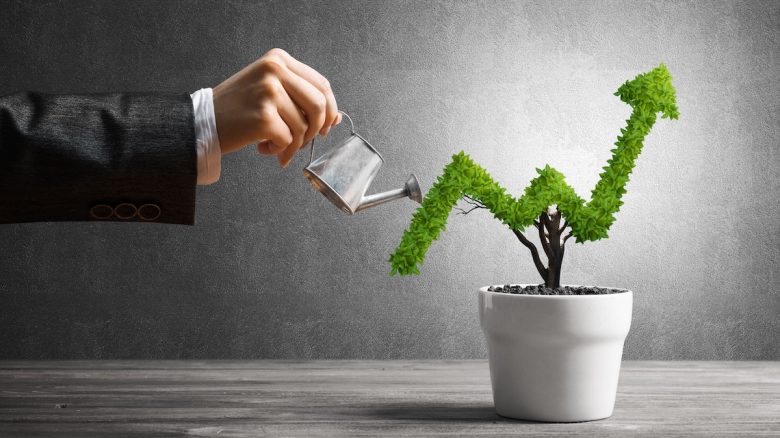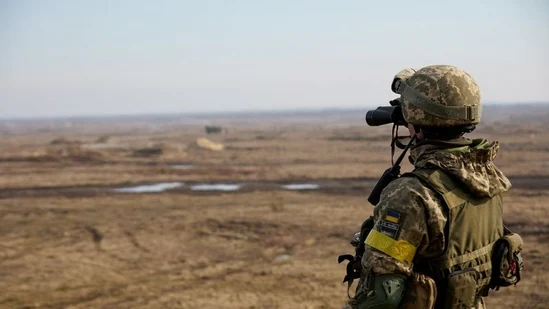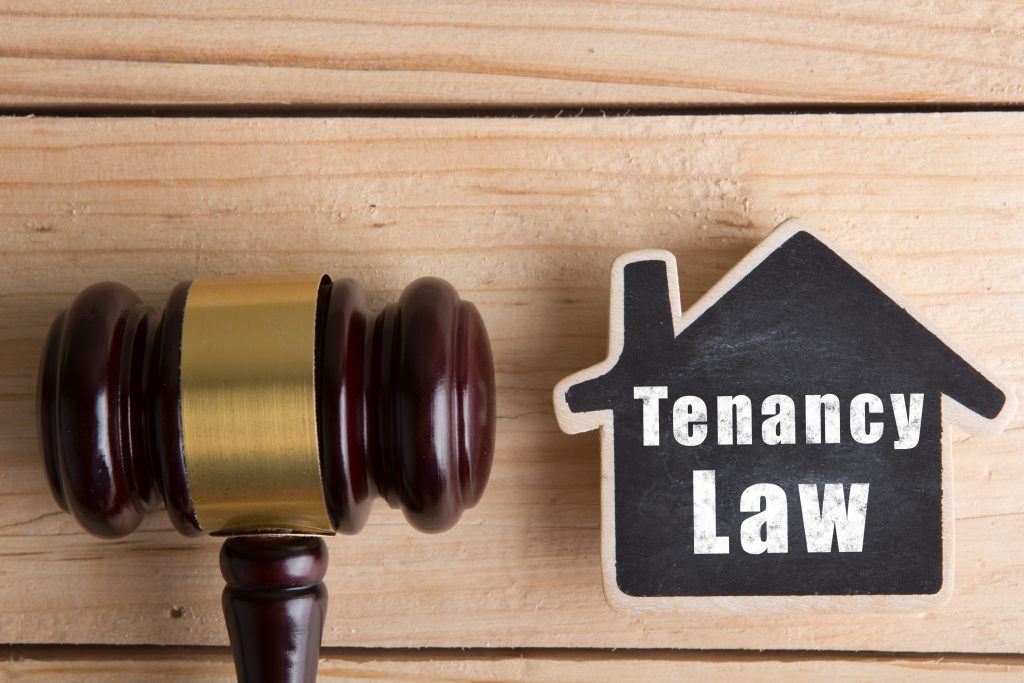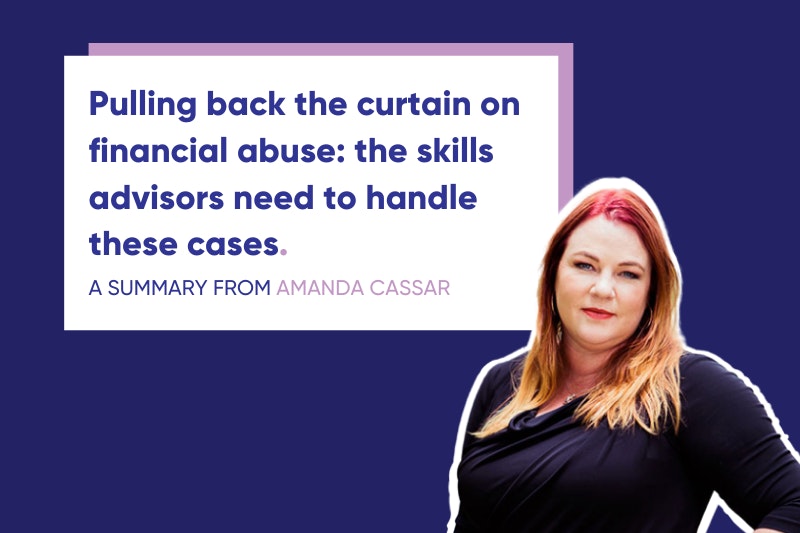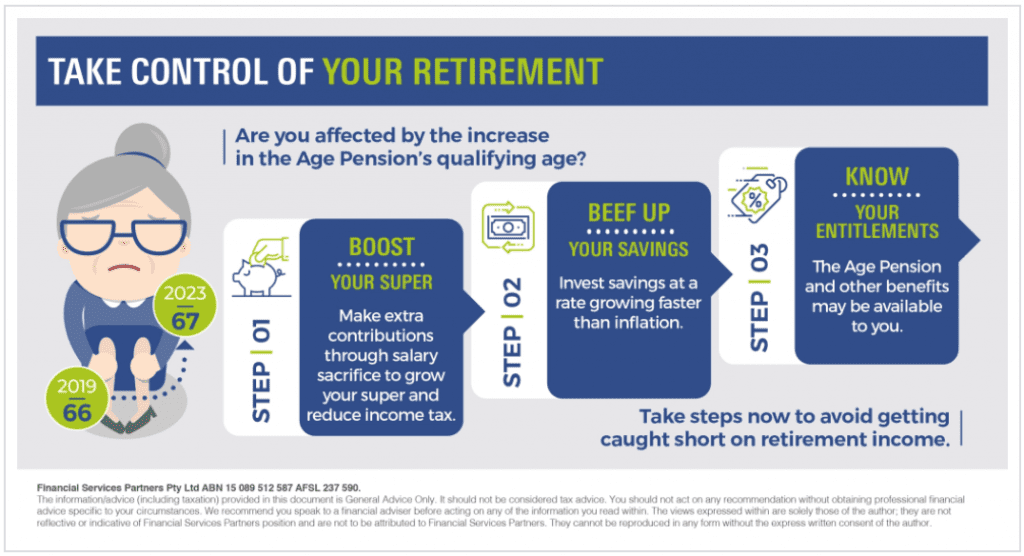Australians have long been attracted to property as an investment. But we also tend to have a blind spot when it comes to the costs of owning it.
Property holds a special place in the hearts and minds of Australians. But do we let our love for property cloud its true value as an investment?
A strong property market, low interest rates and generous tax breaks have all been magnets for property investors in recent years. The challenge for property investors is making sure you’re weighing up the performance of your investment against what it’s really costing you to own it.
So what are the costs of owning an investment property?
1. Upfront costs
If you’re looking to borrow to fund your property investment, the starting point with many lenders is a 20% deposit. On a $600,000 property, that’s $120,000. If your deposit is less than 20%, you may need to pay Lenders Mortgage Insurance – which can be a significant one-off cost.
Typically the biggest cost when buying a property is stamp duty, which varies from state to state but is close to $23,000 on a $600,000 property in NSW[1].
Add to this legal fees ($1,500-$3,000), building and pest inspections ($300-$500) – potentially for multiple properties – bank valuations ($300-400) and loan establishment costs ($500-600).
Add them up, and these costs could potentially add around 5% to the cost of your investment.
2. Ongoing costs
Once the property is yours, you can obviously start using it to generate an income from tenants. The downside is the ongoing costs.
Loan repayments are usually the biggest cost. For example, a $480,000 home loan with a 30-year term and a 6% p.a. interest rate will generate loan repayments of $2,878 per month. And remember that only the interest portion of these repayments is tax-deductible.
Other ongoing costs include council and water rates, strata levies (if applicable) and home and landlord insurance. You may also have to pay land tax for larger or higher-value properties.
3. Exit costs
At some stage you may want to sell your investment to realise the capital growth you have hopefully earned. The major costs here are likely to be real estate agent fees (typically around 2% of the sale price) and capital gains tax (CGT), which is payable at your marginal tax rate.
You may be eligible for a 50% CGT discount if you hold your property for more than 12 months, but CGT can still be a significant expense – particularly for higher income earners.
For example, if you bought an investment property for $600,000 and sold it for $750,000 three years later, 50% of the total capital gain (i.e. $75,000) would generally be subject to capital gains tax. If you’re in the highest marginal tax bracket, that tax bill could be as high as $36,750 (including the Medicare Levy and Temporary Budget Repair Levy).
Property investing for the long term
There’s no doubt astute investors can make good money from investing in property, particularly in favourable market conditions. But it’s essential to weigh up all of the costs associated with buying, owning and selling an investment property.
Generally speaking, property should be looked at as a long-term investment for 5-10 years – giving you time to achieve the capital growth and income you need to average out the costs and make it a successful investment.
[1] http://stampduty.calculatorsaustralia.com.au/stamp-duty-nsw




 February 14, 2024
February 14, 2024 


